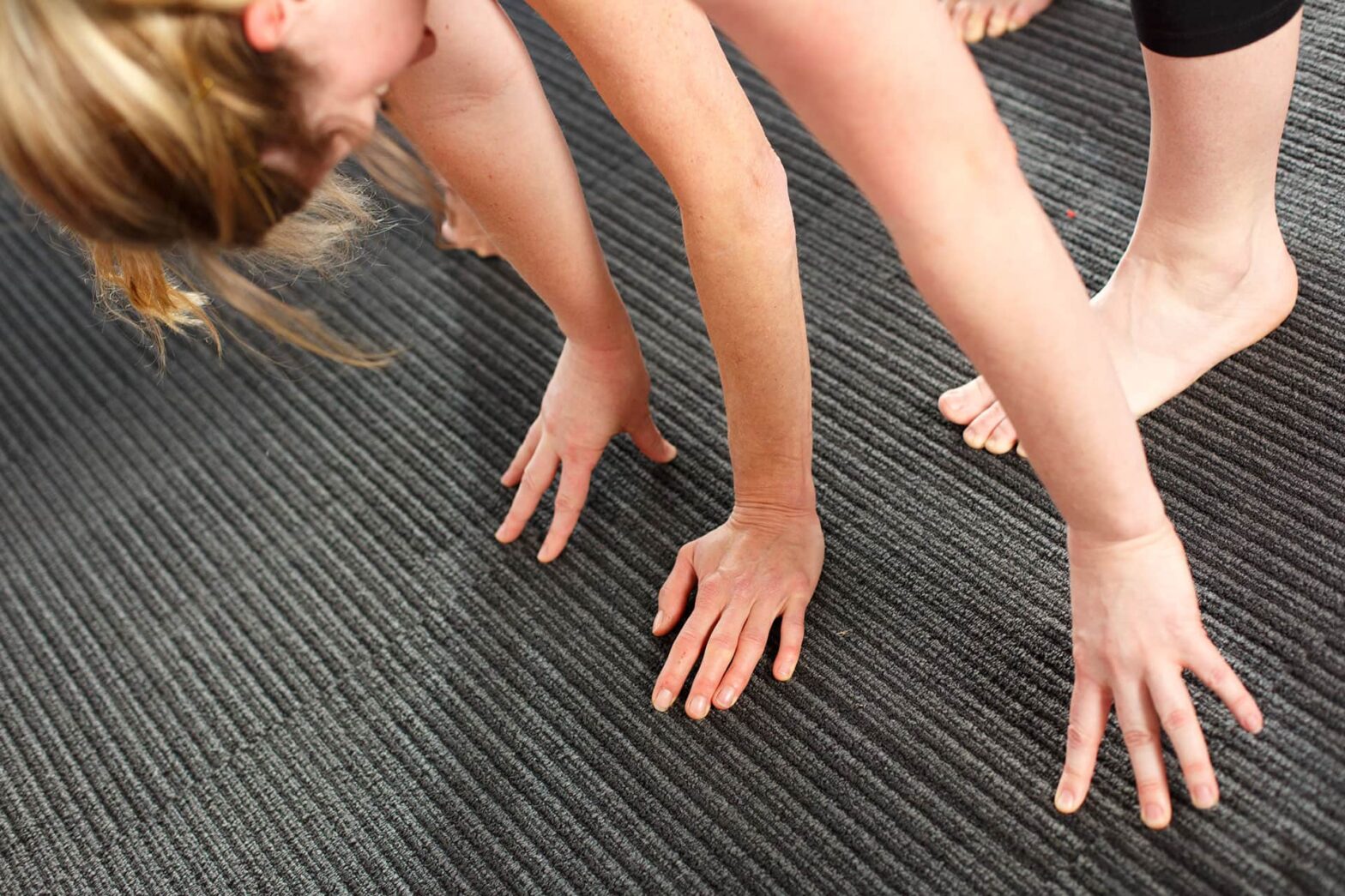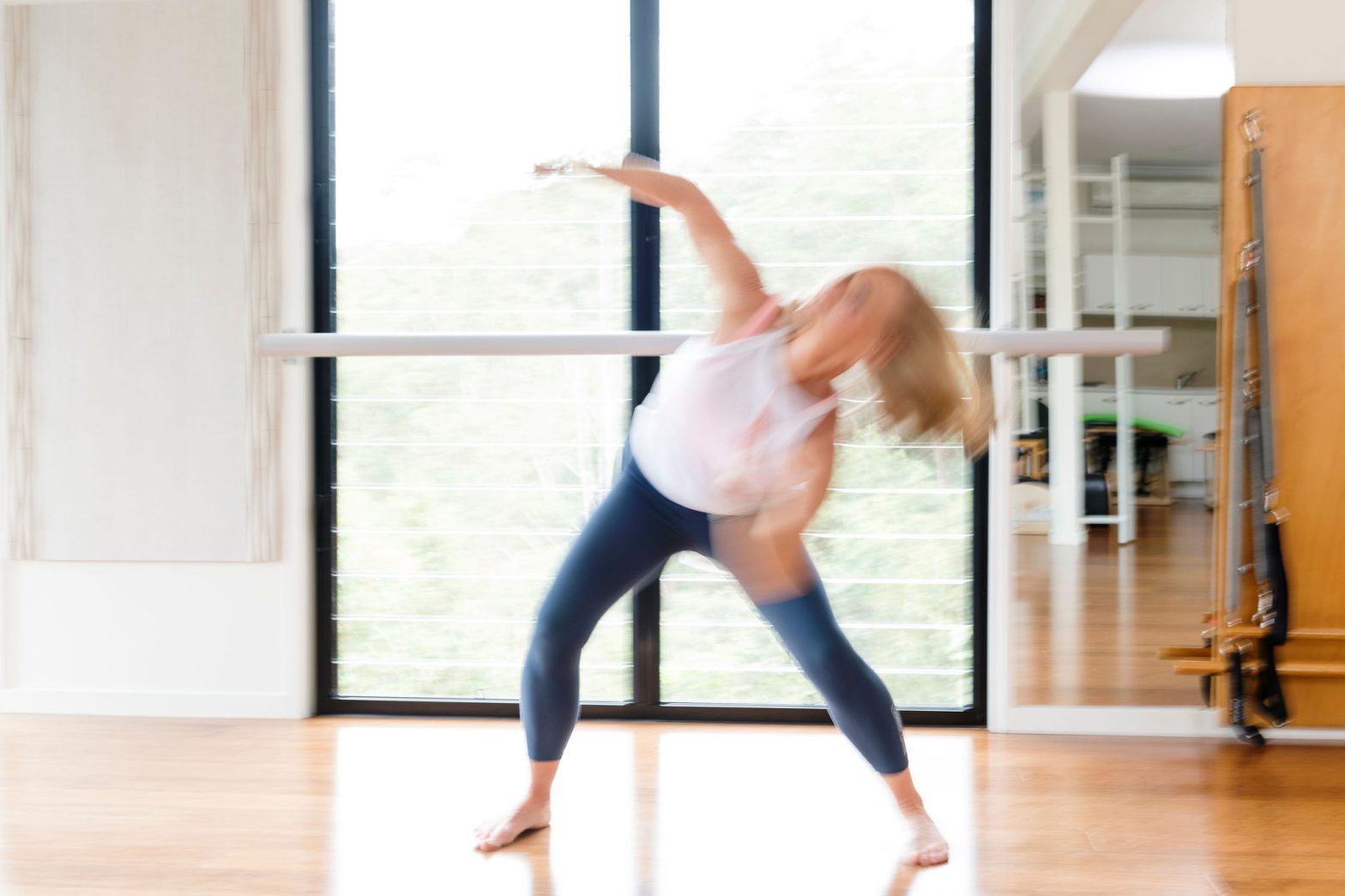
What is Somatics?
Posted on May 29, 2019 by adminSomatics is a sensation-based movement practice relating to and of the body.
The Greek work soma originally meant ‘of the body’ and evolved to mean the living body. Soma is a process of doing and being in the body and more recently as movement practitioners we refer to this as ‘embodiment’.
Somatics is a living process by which our bodily sensations, movements, perceptions, emotions and thoughts form our experience. The study of Somatic practices is an enquiry into our ‘living body’ by observing and exploring oneself through sensing, moving and feeling. It is both honest and profound.
Somatics is often considered to be a discipline within bodywork and movement studies, which emphasises internal physical perception, sensation and experience. All studies in Movement Therapy utilise approaches based on the ‘soma’. At Tensegrity Training we use the term ‘somatic sensation’ to communicate what is sensationally perceived from within. Somatic practices and techniques are applicable in bodywork, psychotherapy, dance, education and spiritual tradition.
At Tensegrity Training will help you understand how human embodied experience unfolds through a range of Short Courses related to Somatics (LINK HERE).
What’s Neuroscience Got To Do With It?
The neuroscience of movement is a growing research area dedicated to understanding the effect that movement has on activities of daily living, mental health and physical performance. As therapists working in the field of Pilates, Physiotherapy, Exercise Science, Occupational Therapy, Psychotherapy, Psychology or Counselling, neuroscience plays a crucial role in how clients learn, overcome restraints and achieve their goals. In our Somatic practices short courses Tensegrity Training provides neuroscience foundational tools and somatic experiencing to support how working somatically with movement, breath and the nervous system can contribute to significant improvements in how your clients move, feel and interact in the world.
Somatics recognises mind-body integration and the impact and influences of each on the other. As a therapist, understanding how to work with the ‘somatic body’ provides a new dimension to the capability of the therapist through a combination of tactile hands on skills, movement, somatic awareness, counselling and psychotherapy to provide an efficient somatic and movement oriented intervention.
Movement is an implicit instrument of communication and expression and understanding the correlation between verbal and movement therapy techniques enables the therapist to deliver treatment to a broad range of clients, applying tactile, movement and/or verbal interventions with confidence, in the pursuit of best possible outcome for the client.
Somatic Movement Therapy is recognised as a highly beneficial modality when working with clients that present with physical and psychological manifestations of trauma and stress. It integrates touch, movement and dialogue to assist clients in achieving balance by re-educating the neuromuscular system, reducing trauma-associated negative movement patterns & eliminating habitual physical and emotional responses.
Somatic Movement Therapy can be used by a broad range of health professionals such as Counsellors, Psychologists, Speech Therapists, Social Workers, Doctors, Pilates Practitioners, Complementary Medical Therapists, Dance Therapists and Nurses who recognise the need for and benefits of an Integrated Holistic approach to healing.
Latest Blog Post

The Benefits of Somatic Movement Therapy Training in Australia
Somatic Movement Therapy is a rapidly growing field that combines techniques from Dance Movement Therapy and Somatic Psychology with an understanding of how the body moves. Through experiential movement sessions and developmental awareness, Somatic Movement Therapy aims to help clients reconnect with their innate movement intelligence and gain insights into emotional and physical patterns. Training …
Continue reading “The Benefits of Somatic Movement Therapy Training in Australia”

A Guide For Pilates Instructors: 6 Indicators Your Client Understands An Exercise
Excellence in Pilates can commonly be defined as the art of understanding an exercise. As a dedicated Pilates trainer, one of your top priorities is ensuring that your clients grasp the essence of each exercise. While their enthusiasm and effort may be evident, gauging their understanding is crucial to maximise their progress and prevent potential …
Continue reading “A Guide For Pilates Instructors: 6 Indicators Your Client Understands An Exercise”

Certification Pathways for Pilates Instructors in Australia
If you have a passion for Pilates and are considering becoming a qualified instructor, it’s important to understand the various certification pathways available in Australia. As a government-accredited training provider, Tensegrity Training is well-positioned to guide you on your journey to becoming a professionally recognised Pilates teacher. There are generally two main qualifications that Pilates …
Continue reading “Certification Pathways for Pilates Instructors in Australia”

